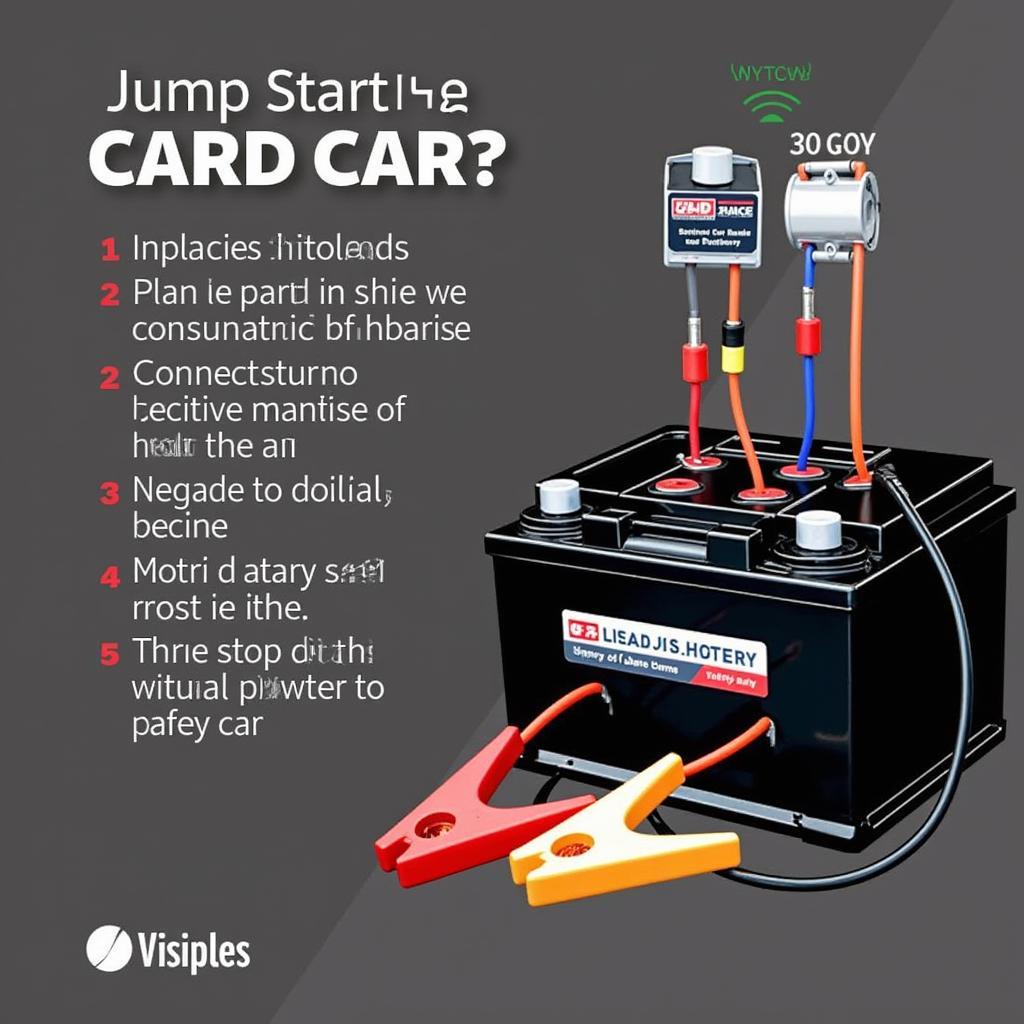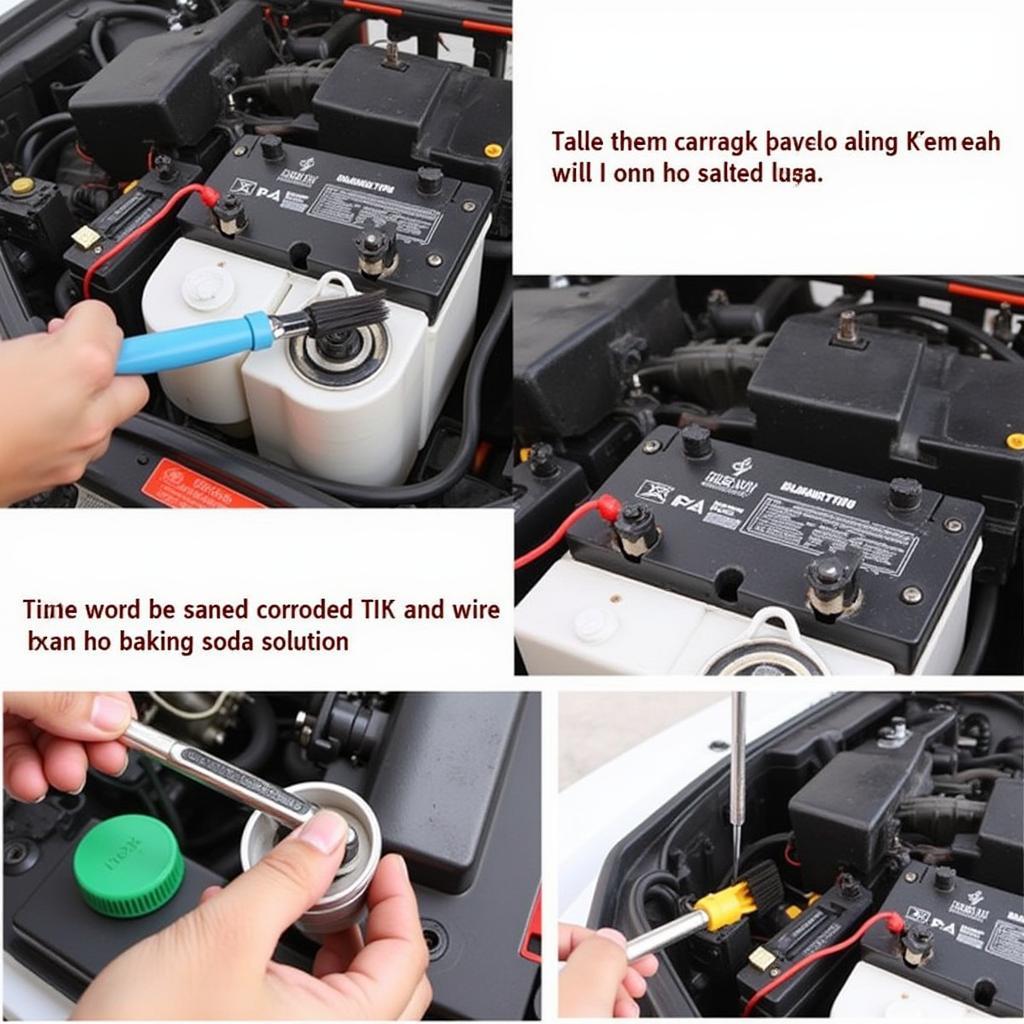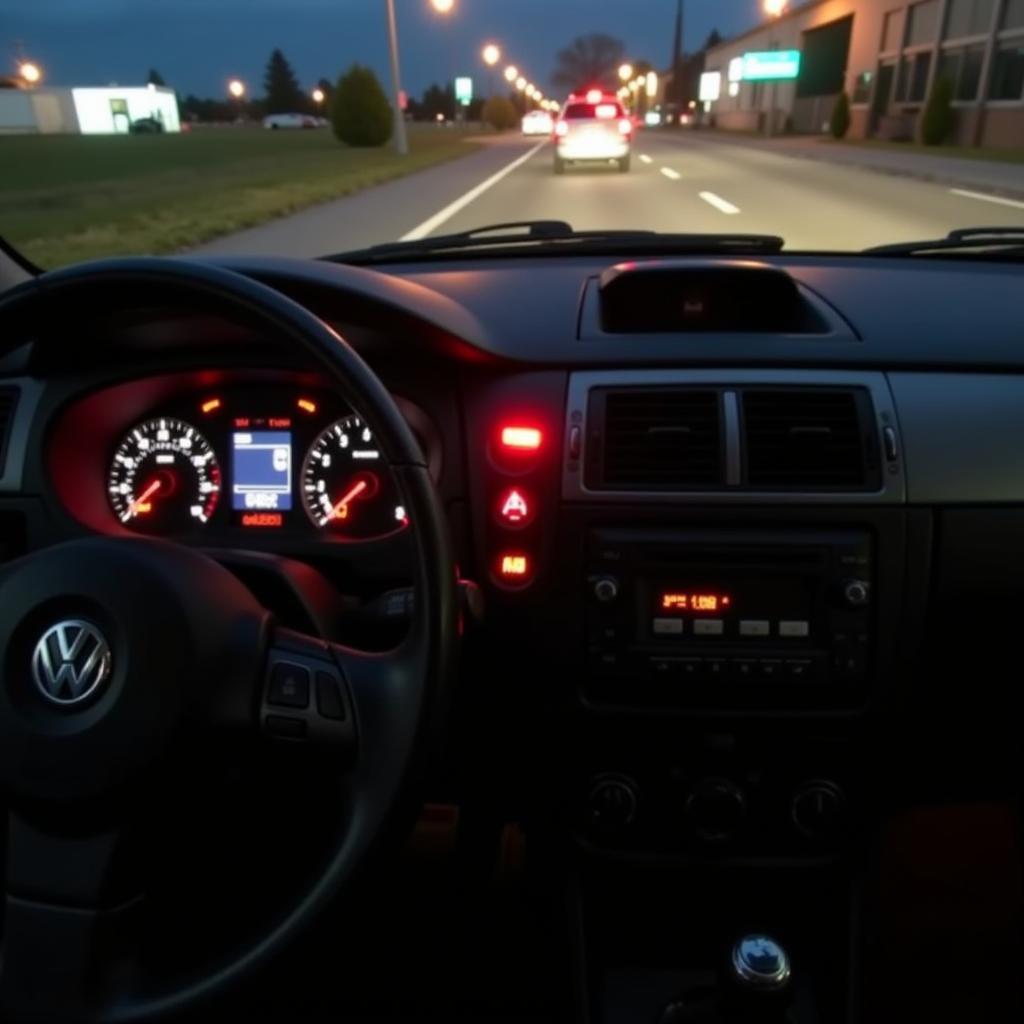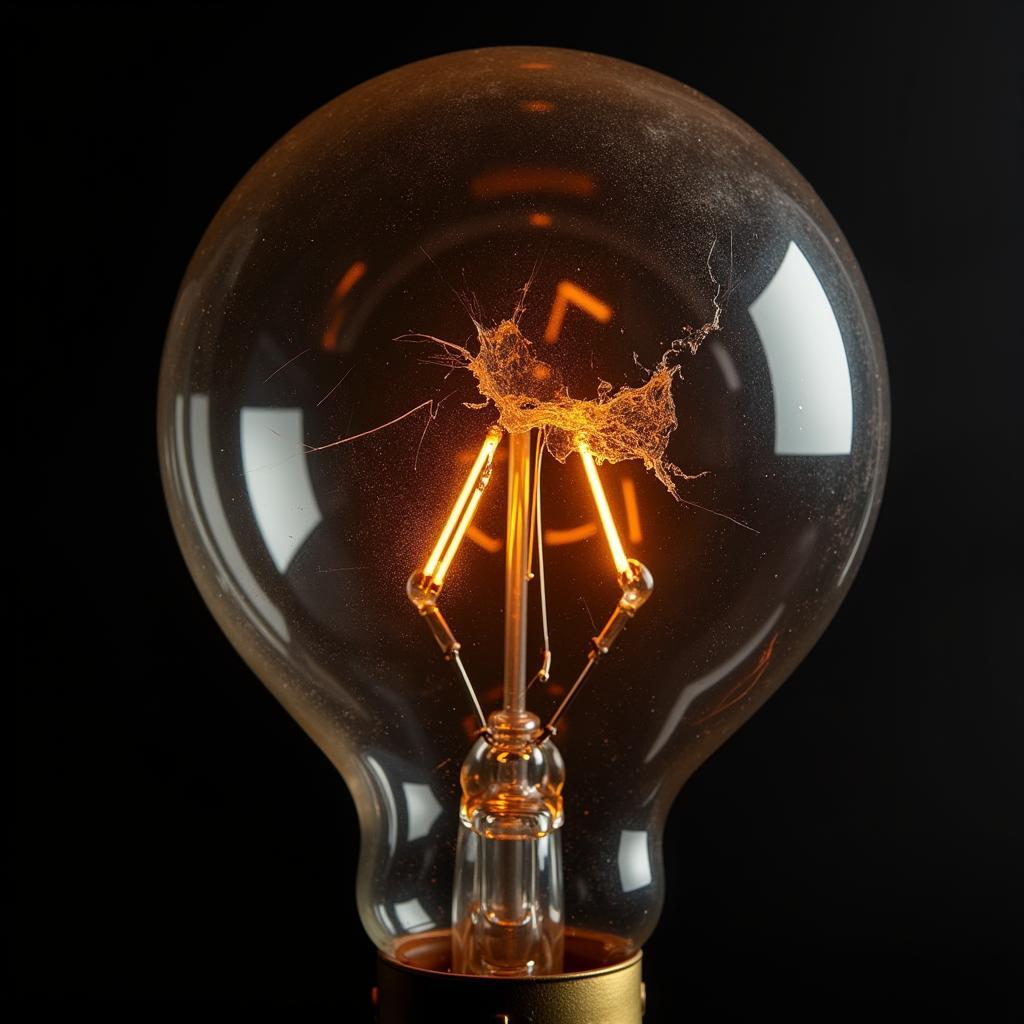A dead car battery can be a frustrating experience, leaving you stranded and immobile. Knowing how to charge a totally dead battery is an essential skill for any driver. This guide provides a comprehensive, step-by-step approach to charging a totally dead battery, covering everything from safety precautions to advanced troubleshooting techniques.
Understanding Your Dead Battery
Before jumping into the charging process, it’s crucial to understand why your battery died in the first place. A battery can die for several reasons, including leaving lights on, extreme temperatures, a faulty alternator, or simply old age. Identifying the root cause can help prevent future occurrences. Is it a simple case of accidentally leaving the headlights on? Or is there a more serious underlying issue that requires professional attention?
Common Causes of a Dead Car Battery
- Lights left on: This is a surprisingly common culprit. Even interior lights can drain a battery overnight.
- Extreme temperatures: Both extreme heat and cold can significantly impact battery performance and lifespan.
- Faulty alternator: The alternator recharges the battery while the engine is running. A malfunctioning alternator won’t replenish the battery, eventually leading to a dead battery.
- Old age: Batteries have a limited lifespan, typically 3-5 years. As they age, their ability to hold a charge diminishes.
- Parasitic drain: A parasitic drain is a constant drain on the battery even when the car is off. This can be caused by faulty wiring or electrical components.
 Dead Car Battery and Jumper Cables
Dead Car Battery and Jumper Cables
Charging Methods for a Totally Dead Battery
There are several methods to charge a totally dead battery, each with its advantages and disadvantages. Choosing the right method depends on the tools you have available and your level of comfort working with car electrical systems.
Using a Battery Charger
A battery charger is the most common and effective way to revive a dead battery. Connect the positive (red) clamp to the positive terminal of the battery and the negative (black) clamp to a grounded metal surface on the car. Then, plug the charger into a power outlet and select the appropriate charging rate. Slow charging is generally recommended for a totally dead battery.
Jump-Starting a Dead Battery
Jump-starting involves using another vehicle’s battery to provide a temporary boost to your dead battery. Connect the jumper cables correctly, ensuring positive to positive and negative to negative. Start the donor vehicle and let it run for a few minutes. Then, attempt to start your car. If successful, let the engine run for at least 30 minutes to recharge the battery.
“Jump-starting can be a quick fix, but it’s crucial to connect the cables correctly to avoid damaging the electrical systems of both vehicles,” advises John Miller, a seasoned automotive electrical engineer at Miller Automotive Solutions.
Using a Portable Jump Starter
Portable jump starters are compact and convenient devices that can provide enough power to start a dead battery without the need for another vehicle. These devices are especially useful in remote locations or emergency situations. Simply connect the clamps to the battery terminals and follow the manufacturer’s instructions.
Troubleshooting and Prevention
If your battery repeatedly dies, there might be an underlying issue that needs addressing. A faulty alternator, corroded terminals, or a parasitic drain can all contribute to recurring dead battery problems.
Identifying a Parasitic Drain
A parasitic drain can be tricky to diagnose. Use a multimeter to measure the current draw when the car is off. If the draw is higher than expected, systematically disconnect fuses and check the current draw after each one to identify the culprit circuit.
“A parasitic drain can be like a silent killer for your battery,” warns Sarah Johnson, lead electrical diagnostician at Johnson Auto Electric. “Identifying and addressing it is crucial to prevent recurring dead battery issues.”
Maintaining Your Car Battery
Proper battery maintenance can significantly extend its lifespan and prevent unexpected failures. Regularly cleaning the terminals, checking the electrolyte level (for traditional batteries), and having the charging system inspected can help keep your battery in optimal condition.
 Cleaning Car Battery Terminals
Cleaning Car Battery Terminals
Conclusion
Charging a totally dead battery can seem daunting, but with the right knowledge and tools, it’s a manageable task. By understanding the causes of dead batteries, choosing the appropriate charging method, and implementing preventive measures, you can avoid the frustration of being stranded with a dead battery. Remember, regular maintenance and timely diagnosis of underlying issues are crucial for ensuring a reliable and long-lasting car battery. Don’t let a dead battery put a stop to your journey.
FAQs
- How long does it take to charge a totally dead battery? This depends on the battery size, charger type, and charging rate. It can range from a few hours to overnight.
- Can I jump-start a car with a completely dead battery? While possible, it might be challenging. A completely dead battery might not accept a charge from a jump-start.
- How often should I check my car battery? It’s recommended to check your battery at least every six months, especially before the winter and summer seasons.
- What are the signs of a dying car battery? Slow engine cranking, dim headlights, and flickering interior lights are common signs of a weakening battery.
- How long does a car battery last? Typically, a car battery lasts 3-5 years. However, factors like climate and driving habits can affect its lifespan.
- Can a dead battery damage the car? A dead battery itself won’t damage the car, but repeated jump-starting or leaving a dead battery connected for extended periods can potentially harm the electrical system.
- How can I prevent my car battery from dying? Turn off all lights when parked, avoid short trips, and have your charging system regularly inspected.


